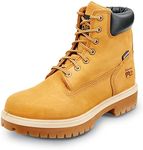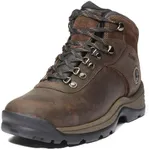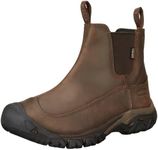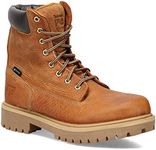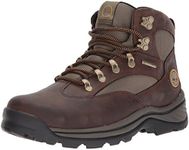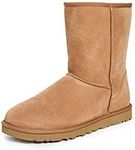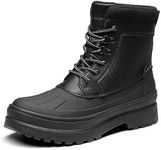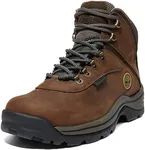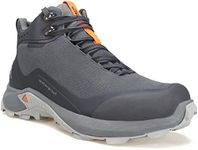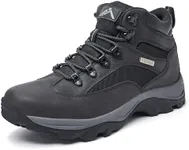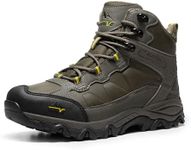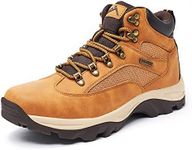Buying Guide for the Best Warmest Winter Boots Mens
When it comes to picking the warmest winter boots for men, it's essential to consider several key factors to ensure you get the best fit for your needs. Winter boots are designed to keep your feet warm, dry, and comfortable in cold and wet conditions. The right pair of boots can make a significant difference in your winter experience, whether you're hiking through snow, shoveling the driveway, or just walking to work. Here are the key specifications to consider when choosing the warmest winter boots for men.InsulationInsulation is the material inside the boot that keeps your feet warm by trapping heat. This is crucial for maintaining warmth in cold temperatures. Insulation can be made from various materials like Thinsulate, wool, or synthetic fibers. Boots with 200-gram insulation are suitable for mild winter conditions, while 400-gram insulation is better for colder climates. For extremely cold environments, look for boots with 600-gram insulation or higher. Choose the level of insulation based on the typical temperatures you'll be facing and your activity level.
WaterproofingWaterproofing ensures that your feet stay dry in wet and snowy conditions. This is important because wet feet can quickly become cold feet, leading to discomfort and potential health issues like frostbite. Waterproof boots are made with materials like Gore-Tex or have waterproof membranes and sealed seams. If you expect to encounter a lot of snow, slush, or rain, opt for boots with reliable waterproofing. For less extreme conditions, water-resistant boots may suffice.
Sole and TractionThe sole and traction of a boot determine how well you can walk on slippery surfaces like ice and snow. This is important for safety and stability. Look for boots with rubber soles and deep lugs or treads that provide good grip. Some boots also feature specialized outsoles designed for icy conditions. If you plan to walk on icy or uneven terrain, prioritize boots with excellent traction. For urban environments, moderate traction may be adequate.
Fit and ComfortFit and comfort are essential for ensuring that you can wear your boots for extended periods without discomfort. This includes the overall fit, arch support, and cushioning. Boots that are too tight can restrict circulation and make your feet colder, while boots that are too loose can cause blisters. Try on boots with the socks you plan to wear and ensure there's enough room to wiggle your toes. Consider boots with adjustable features like laces or straps for a more customized fit.
Height and CoverageThe height of the boot affects how much of your leg is protected from the cold and snow. This is important for keeping snow and moisture out. Ankle-high boots are suitable for light snow and everyday use, while mid-calf or knee-high boots offer more protection for deep snow and extreme conditions. Choose the height based on the typical snow depth and your activities. Higher boots are better for deep snow and outdoor activities, while lower boots are more convenient for casual wear.
Material and DurabilityThe material of the boot affects its durability, weight, and overall performance. This is important for ensuring that your boots last through the winter season and beyond. Common materials include leather, synthetic fabrics, and rubber. Leather is durable and offers good protection but may require more maintenance. Synthetic materials are often lighter and more affordable. Rubber is excellent for waterproofing and durability. Choose a material that suits your needs and the conditions you'll be facing.
